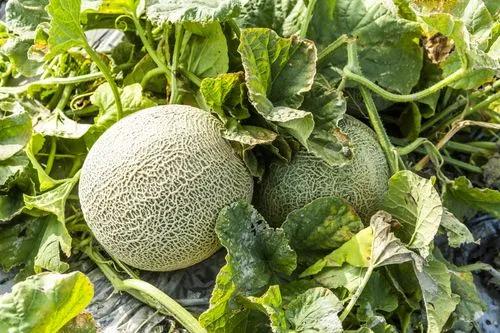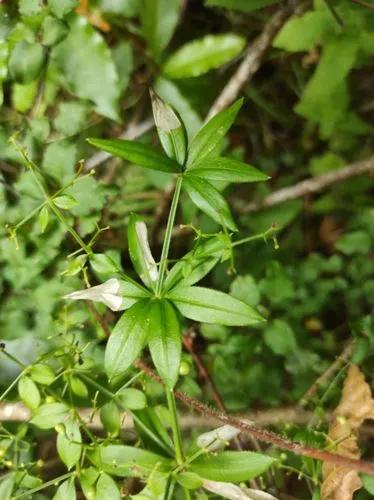Diospyros virginiana is a persimmon species commonly called the American persimmon, common persimmon, eastern persimmon, simmon, possumwood, possum apples, or sugar plum. It ranges from southern Connecticut to Florida, and west to Texas, Louisiana, Oklahoma, Kansas, and Iowa. The tree grows wild but has been cultivated for its fruit and wood since prehistoric times by Native Americans.
American Persimmon Care
Diospyros Virginiana



Diospyros virginiana grows to 20 m (66 ft), in well-drained soil. In summer, this species produces fragrant flowers which are dioecious, so one must have both male and female plants to obtain fruit. Most cultivars are parthenocarpic (setting seedless fruit without pollination). The flowers are pollinated by insects and wind. Fruiting typically begins when the tree is about 6 years old. The fruit is round or oval and usually orange-yellow, sometimes bluish, and from 2 to 6 cm (3⁄4 to 2 1⁄4 in) in diameter. In the U.S. South and Midwest, the fruits are referred to as simply persimmons or "'simmons", and are popular in desserts and cuisine. Commercial varieties include the very productive Early Golden, the productive John Rick, Miller, Woolbright and the Ennis, a seedless variety. Another nickname of the American persimmon, 'date-plum' also refers to a persimmon species found in South Asia, Diospyros lotus.The plant itself is a small tree usually 30 to 80 feet (9 to 24 m) in height, with a short, slender trunk and spreading, often pendulous branches, which form a broad or narrow, round-topped canopy. The roots are thick, fleshy and stoloniferous. This species has a shrubby growth form. This plant has oval entire leaves, and unisexual flowers on short stalks. In the male flowers, which are numerous, the stamens are sixteen in number and arranged in pairs; the female flowers are solitary, with traces of stamens, and a smooth ovary with one ovule in each of the eight cells—the ovary is surmounted by four styles, which are hairy at the base.
How to Care for the Plant

Popularity

1,954 people already have this plant 230 people have added this plant to their wishlists
Discover more plants with the list below
Popular articles






